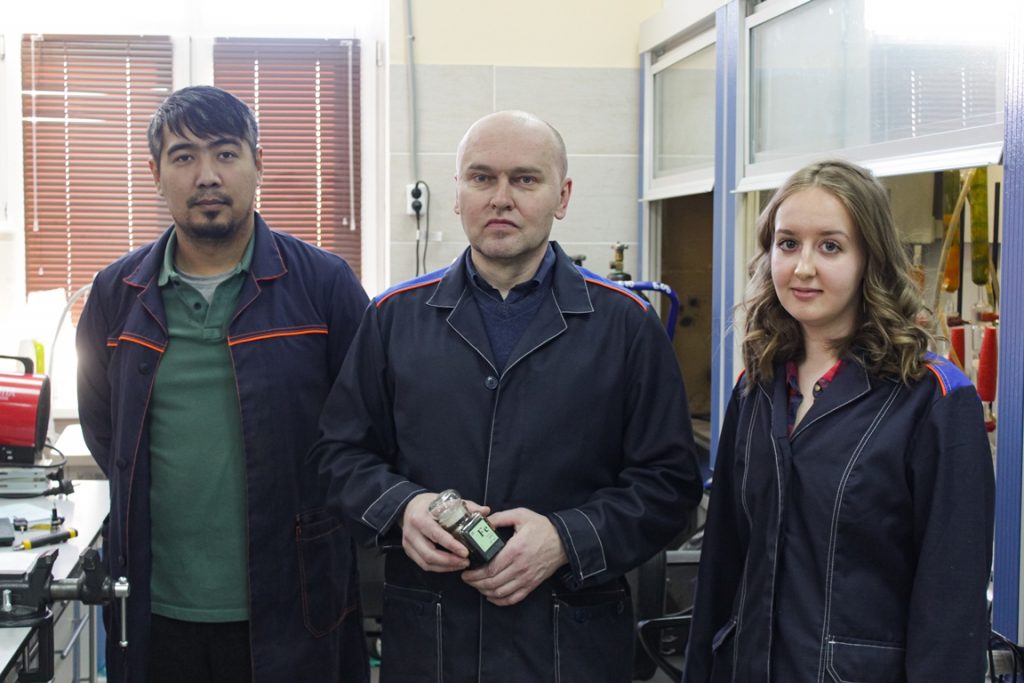Researchers find ways to reduce oil viscosity with microwave radiation and iron-based nanoparticles

A paper saw light in Catalysts.
Lead Research Associate of the In-Situ Combustion Lab Alexey Vakhin shares, “Tatarstan is the first province in Russia to implement in-situ catalysts for viscous oil extraction. KFU has developed several such catalysts, mostly based on iron and nickel. We have performed four in-situ catalyst placement tests in Russia and plan the next one in Cuba.”
Catalysts are effective for reserves with depths up to 1 kilometer. For deeper deposits, KFU scientists suggest using ultra high frequency aquathermolysis.
“During catalytic aquathermolysis, the productive layer obtains nanosized particles of sulfides and oxides of transition metals. Such catalysts accelerate the process of dissolution of carbon-sulfur bonds in heavy oil fractions. If metal-based catalysts are influenced by UHF radiation, the temperature near them increases to 400 C and higher. This helps provide a deeper transformation of high molecular non-hydrocarbon components of oil, such as tars, asphaltenes, or coke-like compounds,” comments Vakhin.
Colleagues from the Laboratory of Ultra High Frequency Design and Radio Telecommunications have made lab stands for the studies of transformations of high molecular hydrocarbons under the influence of UHF fields and catalysts.
“Lab tests have shown that changes in oil composition include decreases in viscosity and prove that UHF treatment combined with catalysts is promising for the production of nonstandard hydrocarbons. The technique allows for viscous oil production from deeper layers where steam injection is unviable. Furthermore, it can be used for at refineries for heavy oil residues and other types of heavy hydrocarbon materials,” continues the interviewee. “The important part of the technology is to provide a mechanism to transport metal-containing particles to a deposit. For that, we can use a well-known technique of injection with the use of organically soluble compounds. Under UHF radiation and steam treatment, the compound dissolves and releases metal-containing particles.”

